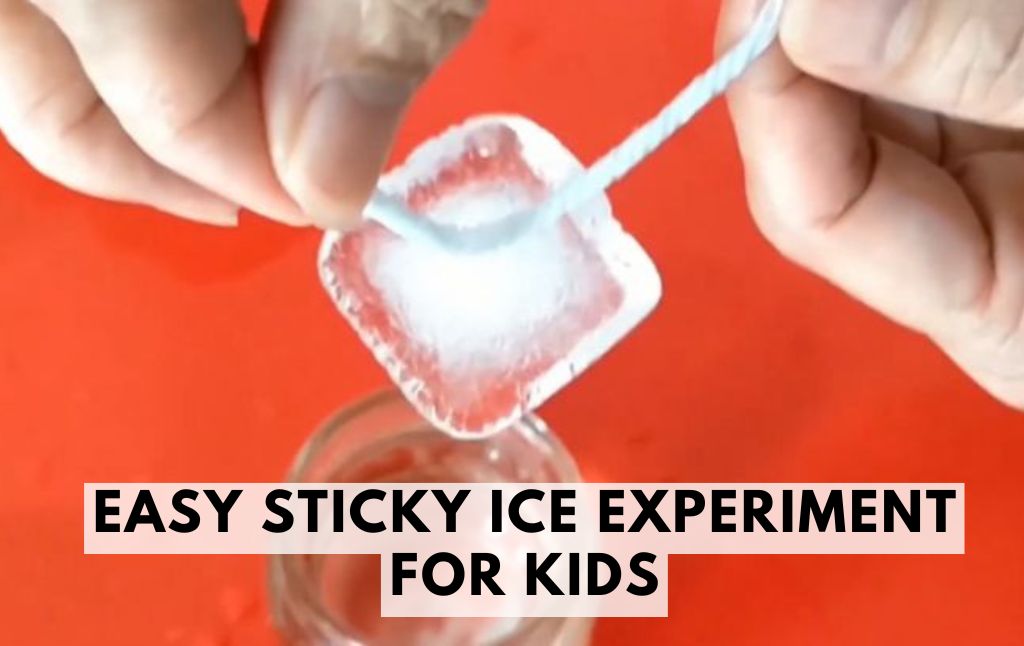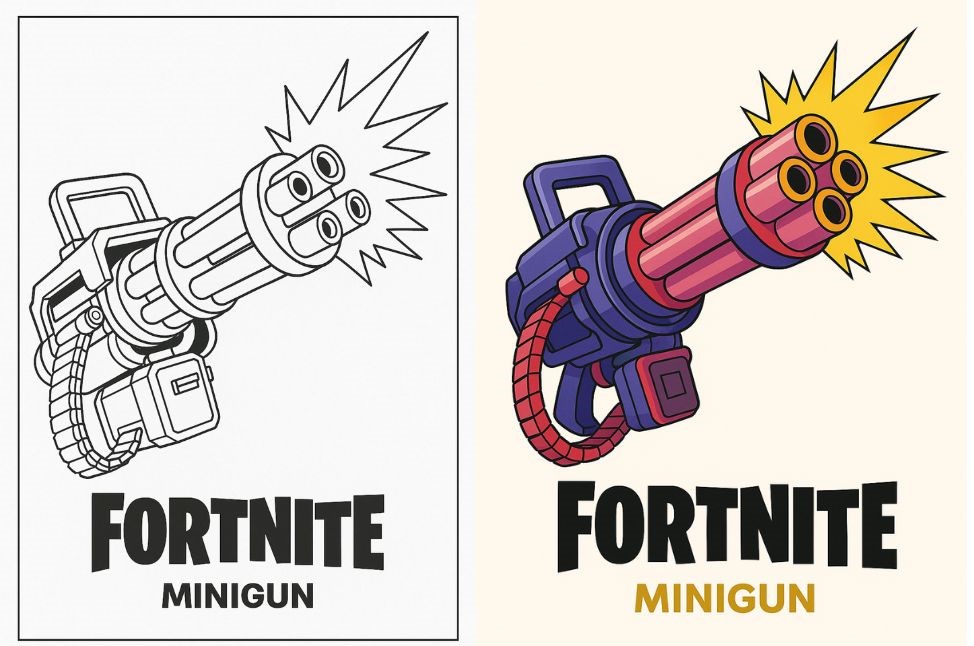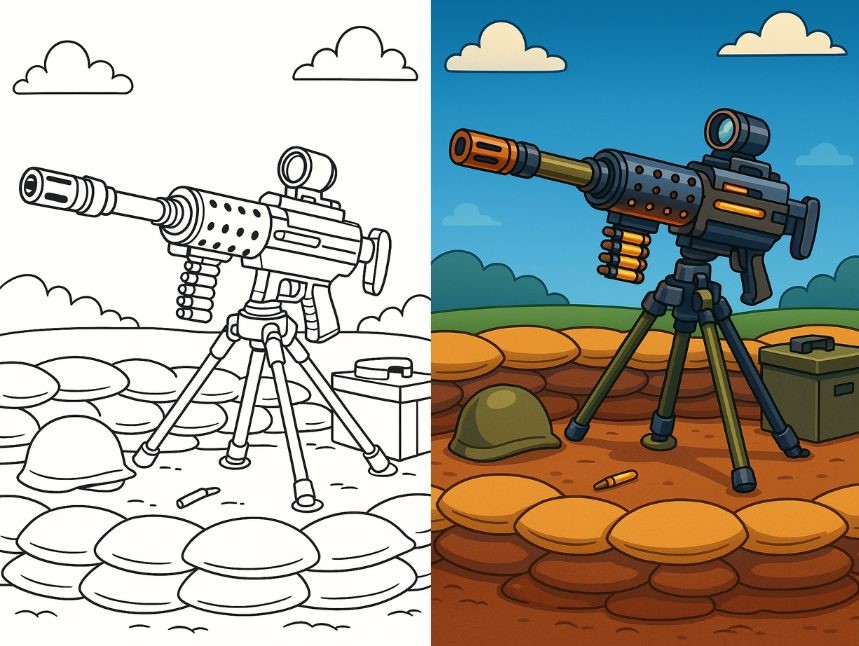Looking for a quick, easy, and absolutely fascinating science experiment for kids? The Sticky Ice Experiment is perfect!
It’s simple, requires just a few kitchen supplies, and teaches kids the magic of salt and ice. Plus, it’s an exciting way to introduce basic scientific concepts in a hands-on way. Let’s get started!
Why Do Science Experiments with Kids?
Young kids are natural scientists—they love asking “why,” testing ideas, and exploring the world. Science experiments like this one encourage:
Critical Thinking & Problem-Solving – Why does the ice stick to the string? How does salt change ice?
Language Development – Kids will describe what they see and make predictions.
Fine Motor Skills – Sprinkling salt, handling ice cubes, and lifting string all help develop coordination.
Cause & Effect Learning – Kids will see how their actions lead to specific outcomes.
A Love for Science! – Fun experiments keep kids excited about learning.
The Science Behind the Sticky Ice Experiment
So, what’s actually happening?
Salt Lowers the Freezing Point of Water: When you sprinkle salt on ice, it melts slightly.
The Water Refreezes Quickly: Since the surrounding temperature is still cold, the melted water quickly refreezes.
The String Gets Trapped in the Ice: As the water refreezes, the string gets “locked” inside, making the ice stick to it.
It’s like a magic trick… but with SCIENCE!
What You’ll Need
You probably already have everything you need in your kitchen!
- A small bowl
- Cold water
- Ice cubes
- String (about 6 inches long)
- Salt (table salt works great!)
- Scissors
Optional: Add food coloring to the ice before freezing for a colorful twist!
How to Do the Sticky Ice Experiment
Step 1: Fill a bowl halfway with cold water.
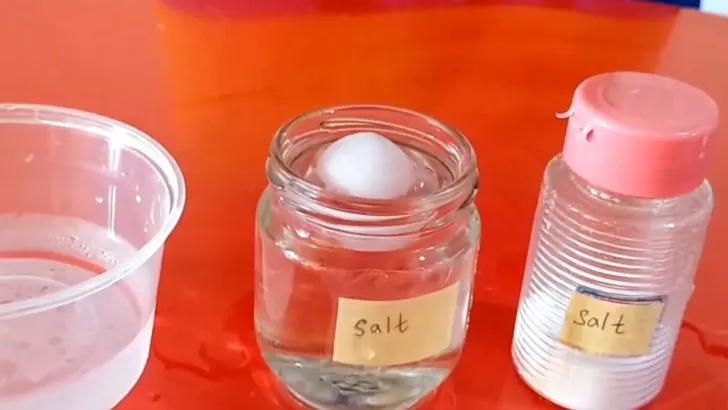
Step 2: Add ice cubes to cover the surface of the water.
Pro Tip: The colder the water, the better! Warm water will cause the ice to melt too fast.

Step 3: Cut a piece of string (about 6 inches long).
Step 4: Lay the string gently on top of the ice cubes.
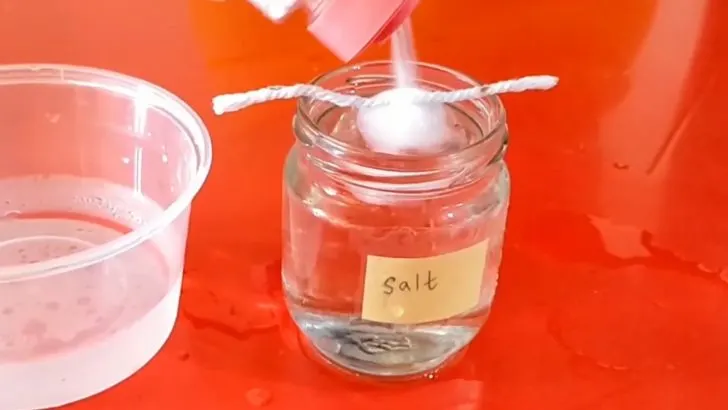
Step 5: Sprinkle salt generously over the ice and string.
Step 6: Wait for about 1–2 minutes. (Ask kids what they think will happen!)
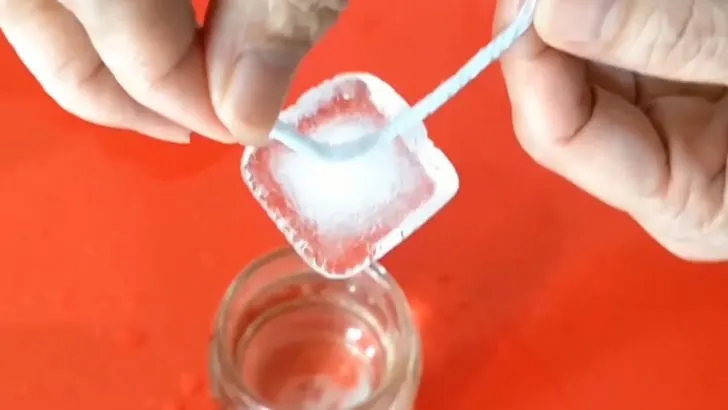
Step 7: Carefully lift the string… BAM! The ice sticks to it like magic!
Ways to Make the Experiment Even More Fun
Try Different Types of Salt: Does rock salt work better than table salt?
Use Different Liquids: What happens if you use juice or soda instead of water?
Make It a Game: See who can lift the most ice cubes with their string!
Use Colored Ice Cubes: Freeze water with food coloring for a cool visual effect.
More Fun Ice Experiments for Kids!
Frozen Dinosaur Rescue – Freeze small toys in ice and let kids “rescue” them with warm water!
Ice Painting – Use watercolors to paint on ice cubes.
Fizzy Ice Reaction – Add baking soda ice cubes to vinegar and watch them fizz!
Ice Cube Races – See which surfaces make ice cubes slide the fastest!
Final Thoughts
The Sticky Ice Experiment is a super easy, fun, hands-on way to introduce kids to science. It’s perfect for preschoolers, kindergarteners, and elementary students. Plus, it requires zero fancy equipment—just a bowl, some ice, salt, and string.
Try it out and let us know—did your kids love it?
Kids Activities
Looking for more fun kids activities and other ideas to keep kids engaged, learning, and having fun? Check out these:
Easy Sticky Ice Experiment for Kids – A Fun & Magical Science Activity!
Easy Inertia Science Experiments with Pennies
Balloon Air Pressure Bottle Experiment: A Fun & Fizzy DIY Drink Dispenser!
How to Make a Plastic Cup Marshmallow Shooter
Rainbow in a Jar Density Experiment – A Fun and Colorful Science Activity
Dancing Popcorn Experiment Fun & Easy Dancing Corn Science

